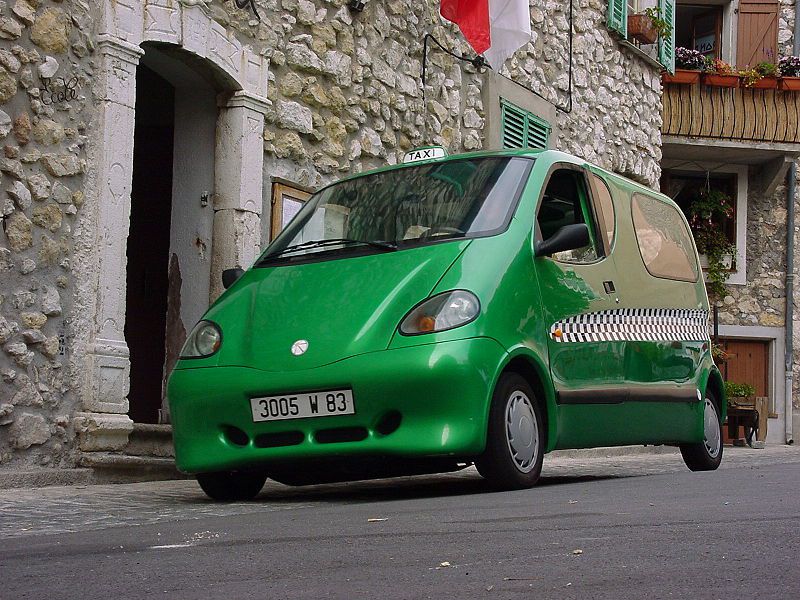-
 Migmatite
Migmatite
-
 SARS
SARS
-
 Caruncle
Caruncle
-
 Freshwater
Freshwater
-
 Dextrocardia
Dextrocardia
-
 Occipital
Occipital
-
 Sundancer
Sundancer
-
 Chain reaction
Chain reaction
-
 Gems
Gems
-
 Patina
Patina
-
 Corolla
Corolla
-
 Amnion
Amnion
-
 Annual parallax
Annual parallax
-
 Lymphokine
Lymphokine
-
 Mineralogical class
Mineralogical class
-
 Air conditioning
Air conditioning
-
 Symport
Symport
-
 Iridescence
Iridescence
-
 Exergonic
Exergonic
-
 Equatorial table
Equatorial table
-
 Coeliac disease
Coeliac disease
-
 Lavender
Lavender
-
 Perigee
Perigee
-
 Heliopause
Heliopause
-
 Malate
Malate
-
 Acari
Acari
-
 Nematicides
Nematicides
-
 Télétel
Télétel
-
 Tundra
Tundra
-
 Anti-aliasing
Anti-aliasing
Compressed air engine
The compressed air engine, and its applications in the transport sector, is a technology that dates back to the early 19th century. It was thus used for Parisian tramways from 1840 onwards, and for American gold mine trains until 1950.
This type of engine, also called a decompression engine, is derived from pneumatic systems. It uses compressed gas as an energy vector to produce mechanical energy that turns a crankshaft when the gas expands. It rejects this decompressed gas as its exhaust, which is where this type of engine gets its name from.
Advantages and disadvantages of compressed air engines
The interest of this system is that it does not locally produce any polluting emissions, whether particles, nitrogen oxides or CO2.
However, compressed air does not exist naturally. It must therefore be produced, which requires energy and causes the same problems as hydrogen production: the energy source is non-renewable, production of pollution, greenhouse gas or radioactive waste by from power plants, energy losses during conversion to pneumatic energy, etc.
The limits of compressed air engines
Even though the compressed air engine is heavily used in certain sectors (jackhammer, dentist's drill...), its applications for autonomous vehicles are still in the development stage. In fact, compressed air contains little energy and, even with a 300 litres tank at 300 bars, the autonomy of a vehicle using this kind of engine is very limited.
Thus, methods to hybridise compressed air/electric systems and compressed air/petrol bi-fuel engines are currently being explored.
 The CAT, a compressed air car by Tata/MDl. © Deepak Gupta, Wikimedia CC by-sa 3.0
The CAT, a compressed air car by Tata/MDl. © Deepak Gupta, Wikimedia CC by-sa 3.0
Latest
Fill out my online form.



